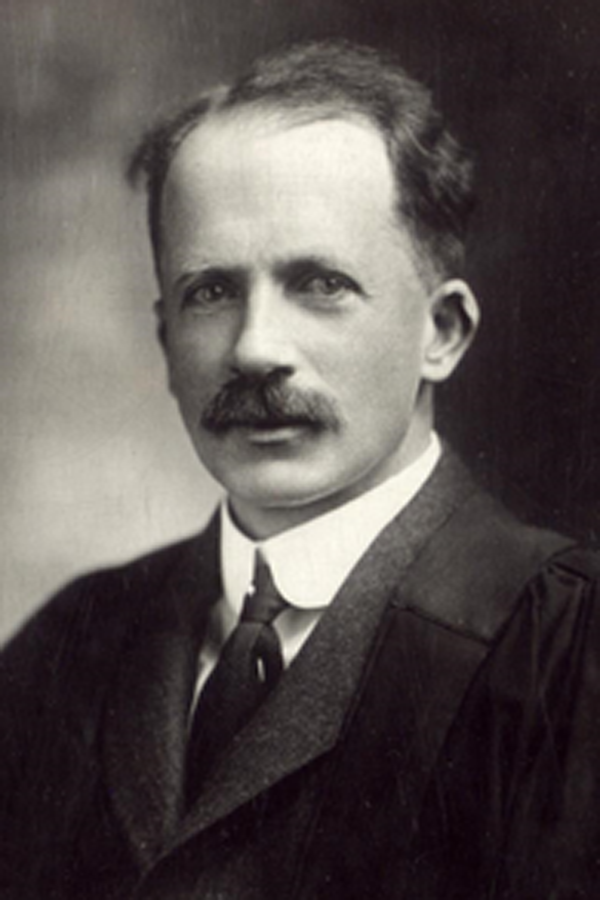 The Department of Physiology and Biophysics traces its origin back to a division of the Medical Department of Western Reserve College, which was organized to enhance the scientific training of medical students. In 1888, it offered the first required laboratory course in physiology in the United States. Early prominence in research was fostered by the first chairman, Scotsman John Macleod in 1903. Macleod received his medical training (MB ChB) at the University of Aberdeen, Scotland, and served as demonstrator of physiology and lecturer of biochemistry at the London Hospital School. He headed the Department until 1918, and shortly after leaving, was awarded the Nobel Prize in Physiology/Medicine as co-discoverer of insulin (1923). While at Case, Macleod emphasized the role of chemistry in physiology. He wrote the first edition of the very successful textbook, "Physiology and Biochemistry in Modern Medicine" (1918).
The Department of Physiology and Biophysics traces its origin back to a division of the Medical Department of Western Reserve College, which was organized to enhance the scientific training of medical students. In 1888, it offered the first required laboratory course in physiology in the United States. Early prominence in research was fostered by the first chairman, Scotsman John Macleod in 1903. Macleod received his medical training (MB ChB) at the University of Aberdeen, Scotland, and served as demonstrator of physiology and lecturer of biochemistry at the London Hospital School. He headed the Department until 1918, and shortly after leaving, was awarded the Nobel Prize in Physiology/Medicine as co-discoverer of insulin (1923). While at Case, Macleod emphasized the role of chemistry in physiology. He wrote the first edition of the very successful textbook, "Physiology and Biochemistry in Modern Medicine" (1918).
 The departmental culture of excellence in teaching and research continued under the direction of Carl Wiggers, MD who chaired the department from 1918 to 1953. During this time, the Department of Physiology became a leading center for cardiovascular research, attracting students and investigators from across the country. Dr. Wiggers is best known for his discovery of a new method of registering blood pressure, and also for the invention of the Wiggers Diagram still used today. For his achievements, he received the Lasker Award (1955). Visiting scientist, J Corneille Heymans, spent time in the Department in 1927 and 1928. He was later awarded the Nobel Prize (1938) for work on carotid-sinus reflexes and the sensing of oxygen.
The departmental culture of excellence in teaching and research continued under the direction of Carl Wiggers, MD who chaired the department from 1918 to 1953. During this time, the Department of Physiology became a leading center for cardiovascular research, attracting students and investigators from across the country. Dr. Wiggers is best known for his discovery of a new method of registering blood pressure, and also for the invention of the Wiggers Diagram still used today. For his achievements, he received the Lasker Award (1955). Visiting scientist, J Corneille Heymans, spent time in the Department in 1927 and 1928. He was later awarded the Nobel Prize (1938) for work on carotid-sinus reflexes and the sensing of oxygen.
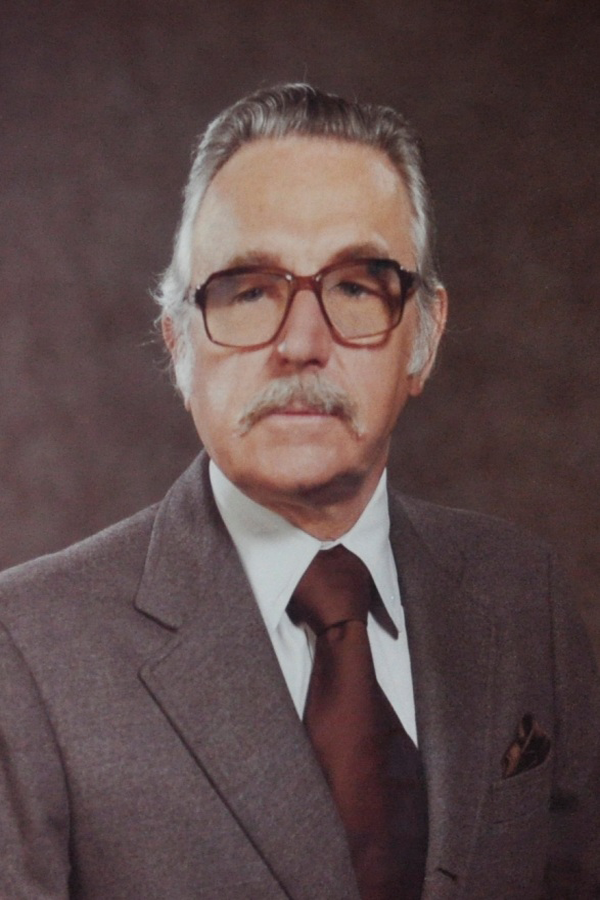
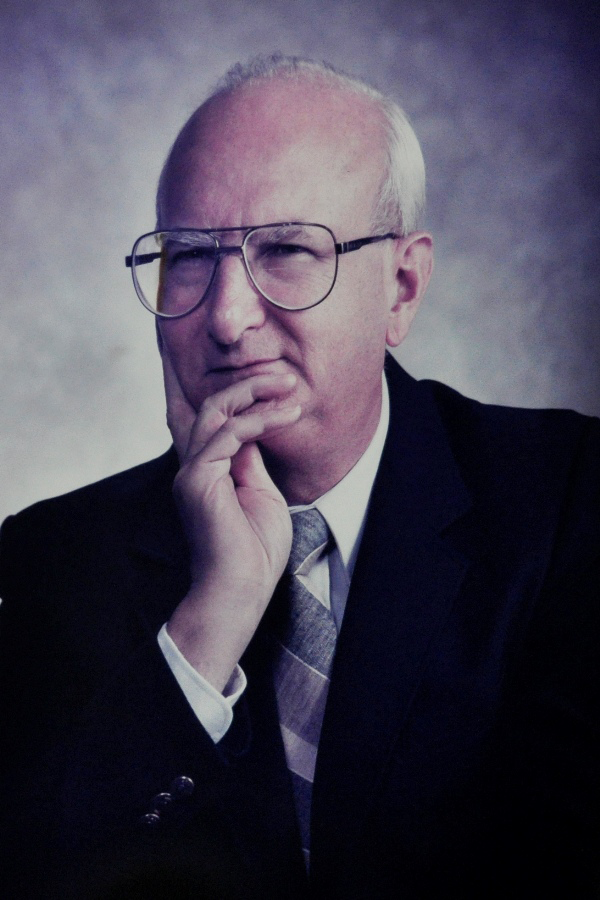 The local reputation of the Department of Physiology declined between 1950 and 1986 (chairs: George Sayers 1953-1976; Richard Recknagel 1976-1986). In part, this decline was the result of the elimination of department-based teaching (including the teaching of physiology) in the new, integrated medical curriculum that Case Western Reserve School of Medicine pioneered. In addition, rapid advances in other areas generated more enthusiasm for programs such as biochemistry.
The local reputation of the Department of Physiology declined between 1950 and 1986 (chairs: George Sayers 1953-1976; Richard Recknagel 1976-1986). In part, this decline was the result of the elimination of department-based teaching (including the teaching of physiology) in the new, integrated medical curriculum that Case Western Reserve School of Medicine pioneered. In addition, rapid advances in other areas generated more enthusiasm for programs such as biochemistry.
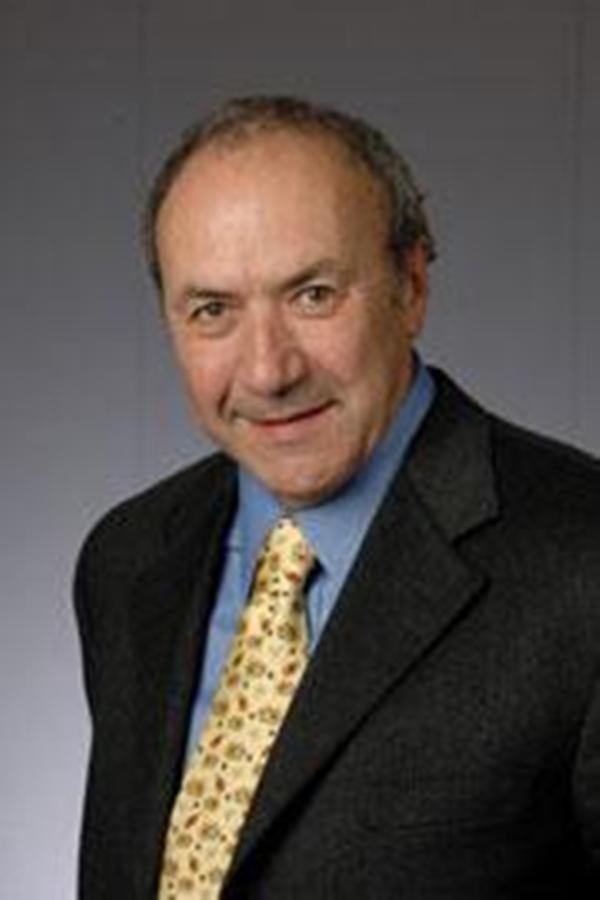 Under the deanship of Dr. Richard Behrman, the School’s basic science departments were revived and in 1986, Antonio Scarpa, MD, PhD was appointed chair. Dr. Scarpa was to oversee a major expansion and restructuring of the Department, including cell physiology and biophysics. The field of cell physiology emphasizes the principles governing cellular homeostasis in all organs and physiological and pathological functions. The program name was changed to Physiology and Biophysics, to also reflect the increasing importance of biophysical methods (electrophysiology, imaging, and protein structure analyses) for understanding the behavior and roles of biomolecules.
Under the deanship of Dr. Richard Behrman, the School’s basic science departments were revived and in 1986, Antonio Scarpa, MD, PhD was appointed chair. Dr. Scarpa was to oversee a major expansion and restructuring of the Department, including cell physiology and biophysics. The field of cell physiology emphasizes the principles governing cellular homeostasis in all organs and physiological and pathological functions. The program name was changed to Physiology and Biophysics, to also reflect the increasing importance of biophysical methods (electrophysiology, imaging, and protein structure analyses) for understanding the behavior and roles of biomolecules.
The Department moved to a newly renovated space (its current location) and became one of the preeminent national centers for cell physiological and biophysical research. It includes up to 26 primary faculty supported by national grants, three NIH funded training programs, and up to 40 graduate students at one time. Dr. Scarpa left the Department in 2005 to become the director of the NIH's Center for Scientific Review. Cathleen Carlin took his place and served until 2007 as interim Chair. In 2007, The Chronicle of Higher Education nationally ranked the Department #2 amongst academic centers that offer doctoral programs in Physiology.
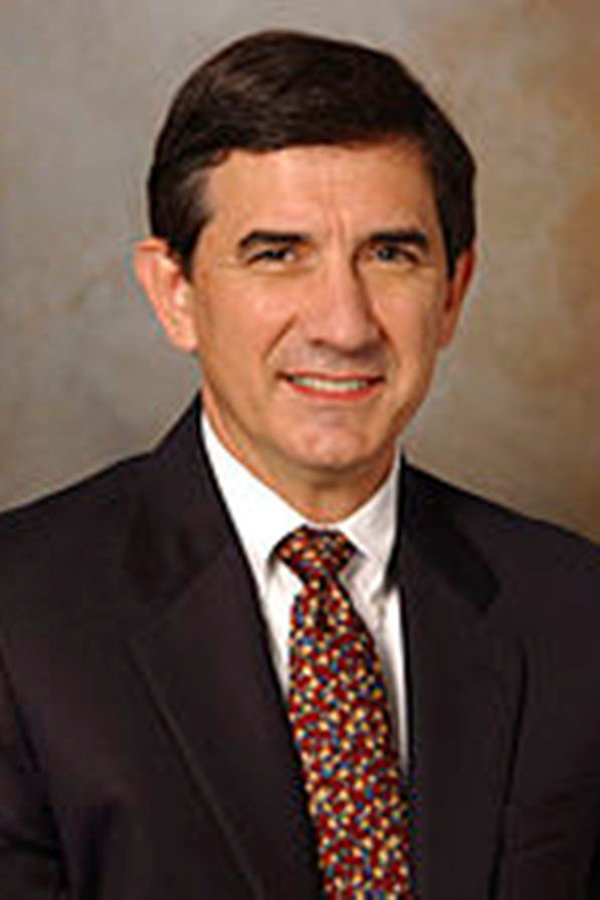 To continue its established tradition of research and teaching excellence, in 2007 the School recruited Walter Boron, MD, PhD, from Yale School of Medicine as chair of the Department. Dr. Boron is well known for his excellence in research in the fields of acid-base regulation and gas channels. He is also a well-known educator, and co-editor with Emile Boulpaep of the textbook Medical Physiology. Under Dr. Boron's leadership, the Department recruited 12 tenured or tenure-track faculty, created the MS in Medical Physiology program, established two core facilities, and underwent an extensive renovation and infrastructure expansion.
To continue its established tradition of research and teaching excellence, in 2007 the School recruited Walter Boron, MD, PhD, from Yale School of Medicine as chair of the Department. Dr. Boron is well known for his excellence in research in the fields of acid-base regulation and gas channels. He is also a well-known educator, and co-editor with Emile Boulpaep of the textbook Medical Physiology. Under Dr. Boron's leadership, the Department recruited 12 tenured or tenure-track faculty, created the MS in Medical Physiology program, established two core facilities, and underwent an extensive renovation and infrastructure expansion.
The Department currently includes a total faculty of 57 members, with 21 primary, 19 secondary, 14 adjunct appointees, and 3 emeritus professors. It is a strong training and research center with 15 post-doctoral fellows and scholars, 11 PhD research staff, 15 students in the Ph.D. program, and over 320 students in the Masters of Medical Physiology post-bacc program.
JR Brubeck, OE Reynolds, TA Apple, eds. History of the American Physiological Society, The First Century 1887-1987. American Physiological Society, 1987.
1923 - John J.R. Macleod (Professor of Physiology), Nobel Prize in Physiology or Medicine, for discovery of Insulin (http://en.wikipedia.org/wiki/John_James_Rickard_Macleod).
1938 - Corneille J.F. Heymans, Nobel Prize in Physiology or Medicine for work on carotid sinus reflex (http://en.wikipedia.org/wiki/Corneille_Heymans).
JA Kastor. Specialty Care in the Era of Managed Care: Cleveland Clinic versus University Hospitals of Cleveland. The Johns Hopkins University Press, 2005.